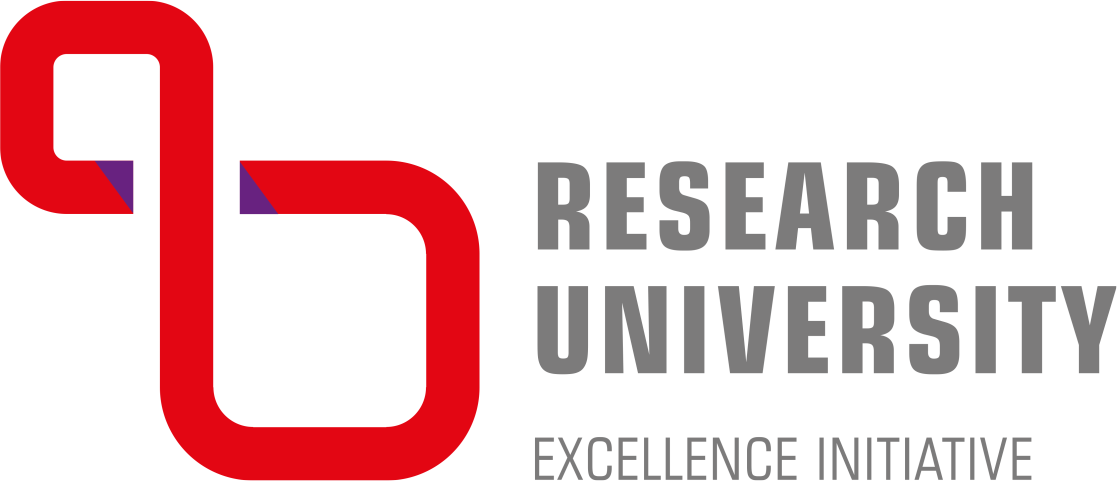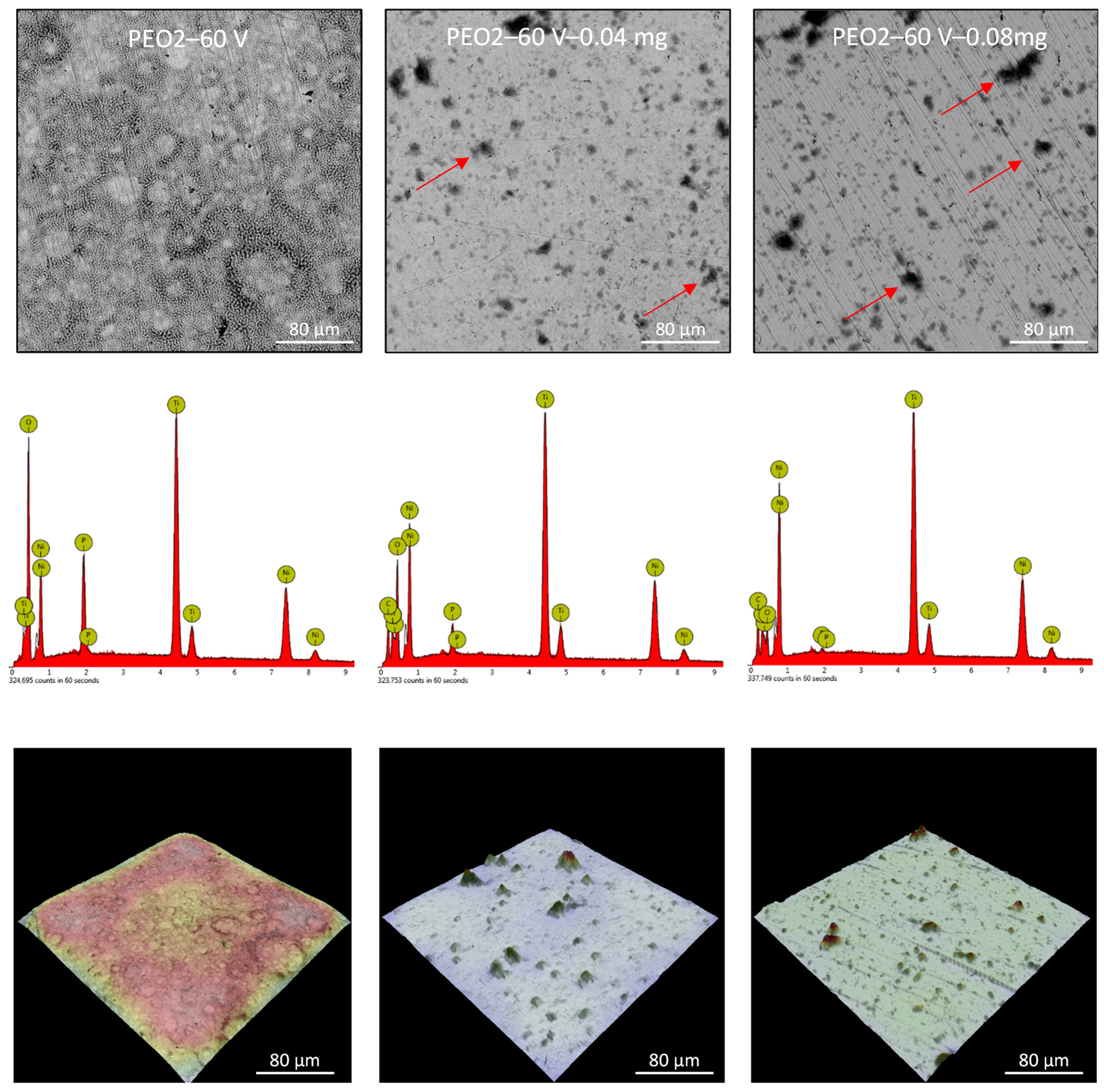The second publication, co-authored by Przemysław Gołasz and Agata Kołkowska, entitled: "Zirconium Surface Treatment via Chemical Etching" explains the methods of treating zirconium by chemical etching, where the prepared zirconium is then used to make implants!
Zirconium is a material with rather narrow applications. In fact, it is widely used only in nuclear reactors as a protective component of fuel rods. However, as a material in implants, it is used extensively only by Straumann in Roxsolid. In the scientific literature, there are almost no descriptions of the preparation of zirconium surfaces for such applications, and the amount of information on this metal is negligible. It is superficially known that this metal dissolves in hydrofluoric acid, but it is difficult to find a broader description of the process. Therefore, we decided to check whether compounds other than fluorides are able to digest zirconium (spoiler, they are not), and whether instead of using mixtures of hazardous acids, we could try to develop mixtures of salts based on fluorine salts (spoiler, you can). We performed a number of studies involving oxalic acid, citric acid, sulfuric acid, sodium hydroxide and phosphates and various mixtures, as well as mixtures of hydrofluoric, sulfuric and nitric acids, and finally we tried an experimental mixture of ammonium persulfate, fluoride salts with added nitrates. The mixture was found to provide even and gentle etching of the sample surfaces – as proven by SEM, EDX, surface roughness and wettability measurements. - says Przemek.












